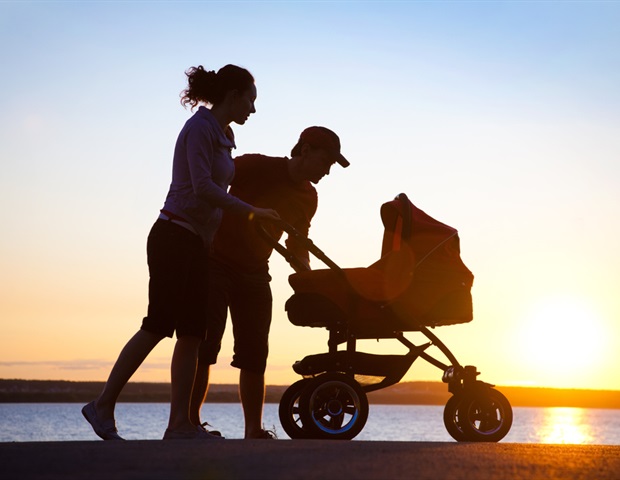
Men with inflammatory joint disease, such as rheumatoid arthritis, are less likely to be childless and have more children than their healthy peers, suggests research published online in the Annals of the Rheumatic Diseases.
As yet unknown factors associated with developing the disease and/or its treatment might influence fertility, suggest the researchers.
Autoimmune diseases are on the rise in the West, and impaired fertility has been reported in Norwegian women with inflammatory joint diseases. But only a few studies looking at the potential impact on men’s fertility have been carried out, explain the researchers.
To explore these issues further, using childlessness and number of children as proxies for fertility, the researchers drew on a national group of 10,865 Norwegian men with either rheumatoid arthritis (37%), psoriatic arthritis (33%), or spondyloarthritis (30%). Each of them was matched with 5 healthy men (54,325) from the general population.
Between 1967 and August 2021, 111, 246 children were born to the total number of 65,190 men. Average age of first time fatherhood was 27 among the men with inflammatory joint disease and 28 in the comparison group. The average age at diagnosis was 44.
Births and childlessness were divided into 3 time periods, reflecting major changes in drug treatment for inflammatory joint diseases:1967-85 (before the advent of methotrexate; 575); 1986–99 (methotrexate;1360); and 2000–21 (use of biologics; 8930).
The average number of children each patient fathered was 1.8 compared with 1.7 in the comparison group, and around 1 in 5 (21%) of the patients was childless compared with more than 1 in 4 (27%) in the comparison group.
The number of children born to men in both groups was as follows: one child, 15% vs 14%; two, 36% vs 33%; three, 20% vs 19%; and four or more, 7% vs 7%.
The difference in childlessness and number of children between the two groups was seen in all age brackets, except for those aged 19 and younger. Similarly, the proportion of childless men remained significantly lower among the patients than in the comparison group for those diagnosed between the ages of 20 and 79.
These differences were consistent over time, but the largest difference in number of children was numerically highest for those diagnosed after 2000: average of 1.8 vs 1.6. These patients also had the lowest risk of childlessness: 22% vs 28%.
In the 2000–21 era, the largest absolute difference in childlessness was observed among men diagnosed in their 30s: 22% vs 32%. In the 1967–85 and 1986–99 eras, the differences were less obvious.
This is an observational study, and as such, no firm conclusions can be drawn about cause. And aside from the disease itself, psychological and socioeconomic factors, employment status and smoking could all influence fertility-;factors that the researchers were unable to evaluate.
But they conclude: “Male patients with [inflammatory joint disease] may be reassured that no impairment of fertility is expected. However, substudies according to specific diagnoses should be performed to offer more targeted patient information.“
And they add: “Our finding of less childlessness and a higher number of children per man in patients with [inflammatory joint disease] is novel and generates new hypotheses regarding associations between fertility, inflammatory rheumatic diseases and immune-modulating drugs. This ought to be investigated further.“









